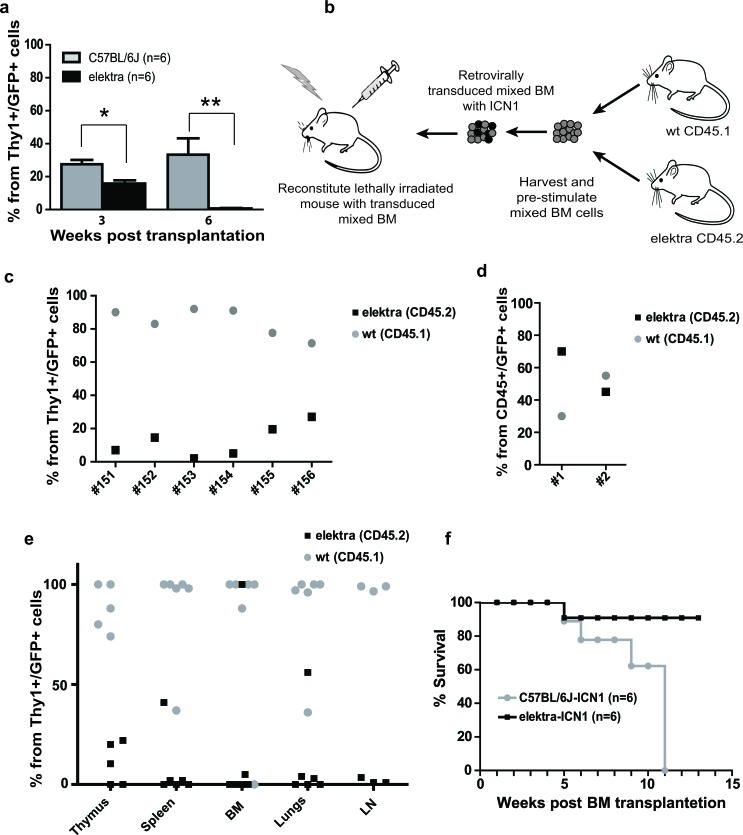Figure 2. Elektra mutation in Slfn2 inhibits development and progression of T-ALL induced by ICN1.
a. Percentages of leukemic DP and DN T-cells in the blood of recipient mice reconstituted with either elektra (black) or wild-type (grey) BM cells transduced with retrovirus expressing human intracellular NOTCH1 (ICN1) 3 and 6 weeks after transplantation (n = 6). b. Schematic illustration of the mixed BM chimera experiments. Equal numbers of BM cells from 5FU-treated CD45.1 wild-type mice and BM cells from CD45.2 syngeneic elektra mice were mixed and transduced with retroviruses expressing ICN1/GFP or control retroviruses expressing only GFP (empty MIGR1). The transduced mixed BM cells were then transplanted into irradiated recipient mice. c. Percentages of Thy1+ GFP+ cells in the blood of recipient mice reconstituted with elektra CD45.2 (black) together with wild-type CD45.1 (grey) BM cells transduced with retrovirus expressing ICN1 (#151-156) (ratio 1:1) 4 weeks after transplantation. d. Percentages of CD45+ GFP+ cells in the blood of recipient mice reconstituted with elektra CD45.2 (black) together with wild-type CD45.1 (grey) BM cells transduced with empty MIGR1 retrovirus (ratio 1:1) 4 weeks after transplantation. e. Percentages of Thy1+ GFP+ cells in different tissues of recipient mice transplanted with elektra CD45.2 (black) together with wild-type CD45.1 (grey) BM cells transduced with retrovirus expressing ICN1 (ratio 1:1) 7 weeks after transplantation. f. Survival curves of recipient mice reconstituted with either elektra (black) or wild-type (grey) BM cells transduced with retrovirus expressing human intracellular ICN1 (n = 6).

